“Global Financial Governance Is at a Crossroads”: China’s Central Bank Governor Calls for a More Inclusive Monetary Order
Pan Gongsheng's keynote at the 2025 Lujiazui Forum outlines a four-pillar vision for a more balanced, secure, and representative global financial system.
At the 2025 Lujiazui Forum, People's Bank of China (PBOC) Governor Pan Gongsheng delivered a landmark address titled “A Few Observations on Global Financial Governance”, where he reflected on the evolving architecture of international finance. His remarks touched on four critical areas: the international monetary system, cross-border payments, global financial stability, and the governance of international financial organizations.
Amid rising geopolitical tensions, technological disruptions, and shifting economic power, Pan's speech presented a call to reimagine the foundations of global finance. For international banks, financial regulators, and policymakers, his proposals serve as a roadmap—and a challenge.

“The International Monetary System Has Never Stopped Evolving”
Pan began by charting the historical trajectory of dominant global currencies, from the Dutch guilder to the British pound, and then to the U.S. dollar post-WWII. But he underscored that reliance on a single sovereign currency inherently carries risks.
“If dominated by the sovereign currency of a single country, [the international currency] has inherent instabilities.”
Three main vulnerabilities were outlined:
Conflicts of interest between a sovereign issuer's domestic agenda and its responsibilities as a global public good provider;
Systemic spillovers from internal fiscal and financial imbalances;
Geopolitical instrumentalization, where the dominant currency becomes a tool of sanction or coercion.
In response, Pan advocated for a multipolar international monetary system—one where several strong sovereign currencies coexist and compete. He cited the euro's 20% share in global reserves and the rising international status of the renminbi, now the second-largest currency for trade finance and third in global payments.
“Going forward, the international monetary system is likely to continue its evolution towards a system where a few sovereign currencies coexist and compete with checks and balances.”
“The SDR Has the Attributes of a Super-Sovereign Currency”
Pan turned next to the Special Drawing Rights (SDRs)issued by the International Monetary Fund, describing them as a potential solution to the shortcomings of single-currency dominance.
First introduced by Zhou Xiaochuan, former PBOC Governor, in 2009, the idea of elevating SDRs to global currency status has since garnered intermittent attention. Pan reaffirmed their theoretical strengths—greater neutrality, stability, and global liquidity management potential—but was equally candid about the hurdles.
“We still lack political consensus and will globally, if the SDR were to become a global dominant currency.”
He suggested a multi-pronged strategy:
Regular SDR issuance beyond crisis-triggered allocations;
Private-sector adoption in trade, investment, and bond issuance;
Development of SDR-based settlement mechanisms to support scalable usage.
Still, the success of such a shift depends on unprecedented levels of international coordination—an ambition that remains elusive in today's fractured geopolitical climate.
“The Cross-Border Payment System Serves as the Artery of Global Funds Flow”
Pan devoted significant attention to the cross-border payment ecosystem, describing it as a foundational element of both trade and financial stability—and an increasingly contested space.
“The evolution of the international monetary system... will promote the diversification of the cross-border payment system.”
He identified three major trends reshaping global payments:
Currency and channel diversification: More countries are settling trade in local currencies and building new regional and bilateral systems. China, for example, has developed a multi-channel cross-border RMB clearing network over the past decade.
Improved interoperability: Countries are extending payment system hours, adopting standardized messaging (like ISO 20022), and connecting fast payment systems. Asia, in particular, has seen the growth of interoperable QR code-based retail payments.
Emerging technologies: Blockchain, CBDCs, stablecoins, and smart contracts are shortening settlement chains and enabling simultaneous clearing, while also presenting new regulatory challenges.
“New payment infrastructures and settlement methods are continuously emerging, driving the global cross-border payment system onto a more efficient, secure, inclusive and diverse trajectory.”
For global firms and financial institutions, these changes present both opportunity and risk: new rails may lower cost, but require alignment across legal, technical, and supervisory boundaries.
“The Multi-Layer Financial Safety Net Has Continued to Improve”
Pan then addressed the global financial safety net (GFSN)and the importance of preventive regulation in ensuring financial stability.
“The key path to crisis prevention and resolution is to establish a diversified and efficient GFSN with a powerful IMF at its core.”
He highlighted improvements since the 2008 crisis, including:
Enhanced IMF surveillance and expanded policy scope;
Regional arrangements such as the Chiang Mai Initiative, European Financial Stability Facility, and Latin American Reserve Fund;
Bilateral liquidity tools like currency swaps between central banks. The PBOC has signed over 30 such agreements, reinforcing regional stability and access to local currency financing.
On regulation, Pan noted China's full implementation of Basel III, establishment of SIFI frameworks, and rollout of a deposit insurance scheme covering over 99% of depositors.
But challenges remain:
Regulatory divergence driven by domestic politics threatens to erode international consistency;
Insufficient oversight of crypto assets, climate risk, and AI integration;
Weak supervision of non-bank financial intermediaries (NBFIs), which now comprise a significant share of global credit markets.
“The regulation on emerging areas... remains insufficient. Regulatory stance swings widely, and is highly prone to political influence.”
“Quota Shares Determine Member Countries'Voting Power in the IMF”
In his final theme, Pan called for reform of international financial organizations, particularly the IMF and World Bank.
He argued that emerging markets remain underrepresented, despite their growing share of global GDP, and that the governance structures of key multilateral institutions no longer reflect economic realities.
“The current quota shares cannot reflect the relative positions of member countries in the global economy.”
He urged immediate realignment of quota shares to enhance legitimacy, representativeness, and crisis response capacity, while reaffirming the central role of the IMF.
Pan also emphasized the need for stronger economic surveillance and macro-policy coordination, especially as the global economy confronts elevated uncertainty.
“International financial organizations should safeguard and practice true multilateralism, and improve governance efficiency.”
“Improving Global Financial Governance Requires More Frequent Dialogues”
Pan concluded with a call for multilateral cooperation and dialogue, noting that global governance must evolve to become more equitable, fair, inclusive, and resilient.
For international financial professionals—particularly those in banking, legal, and policymaking roles—the message is clear: the rules of global finance are not static. As institutions and instruments evolve, so too must strategies for risk, compliance, and opportunity.
Whether through the rise of multi-currency settlements, the reconfiguration of systemic safety nets, or the reshaping of institutional governance, Pan's address signals that financial globalization is entering a new chapter—one that demands both adaptation and foresight.
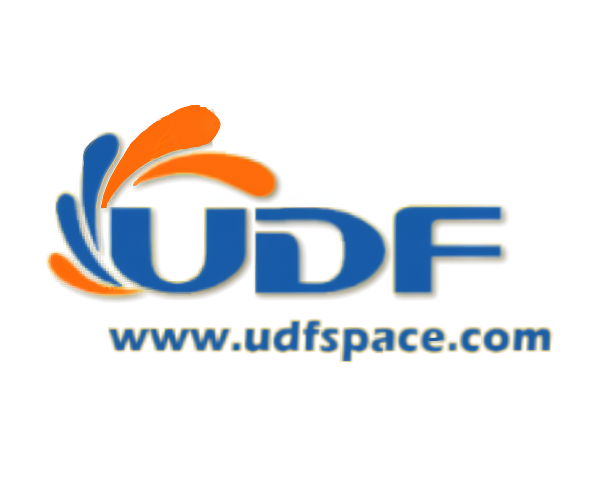







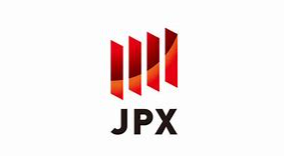



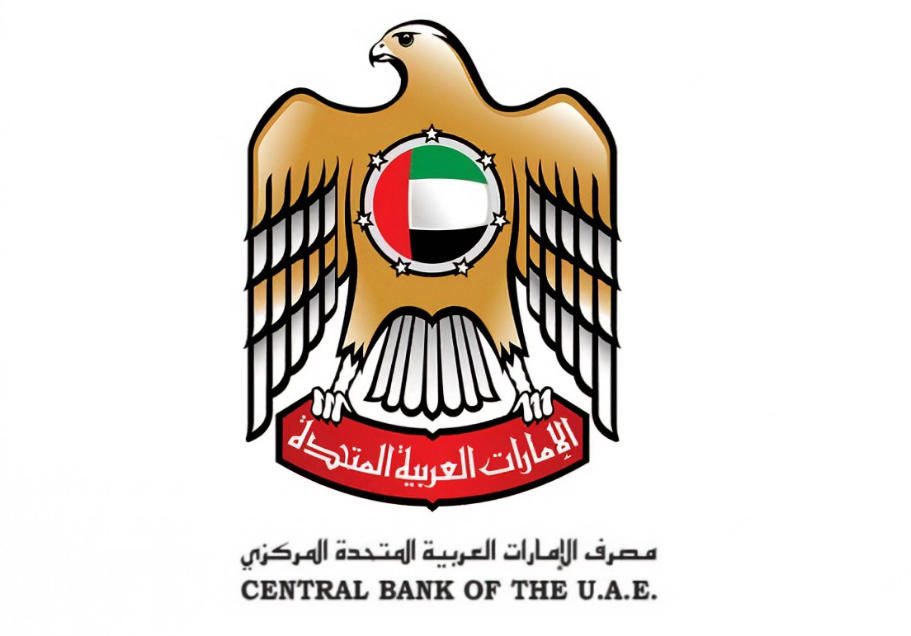


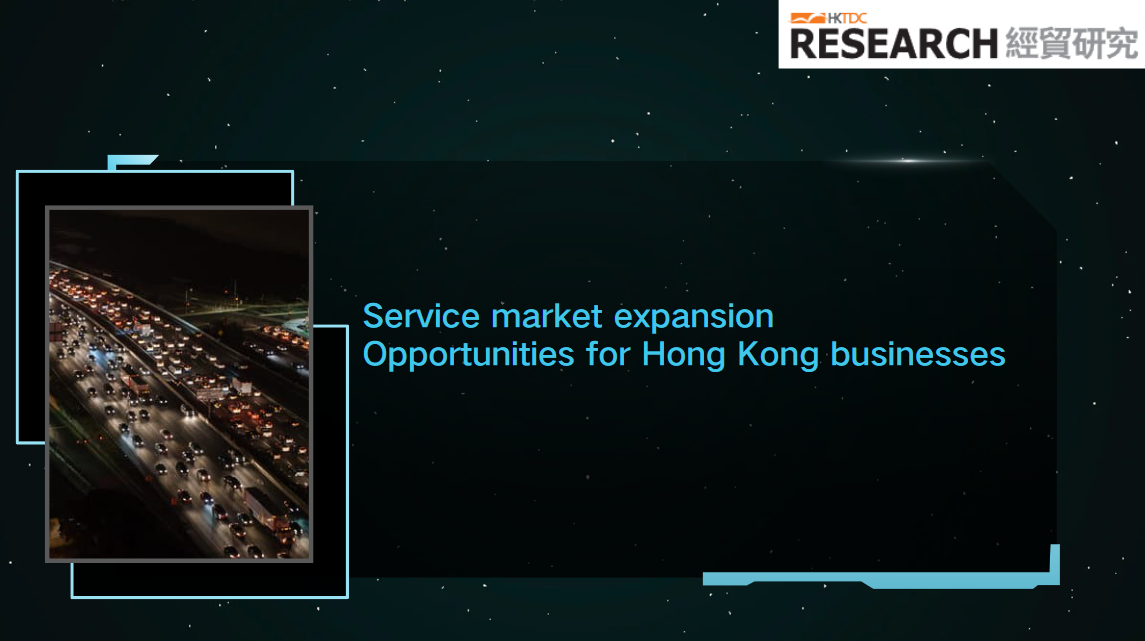

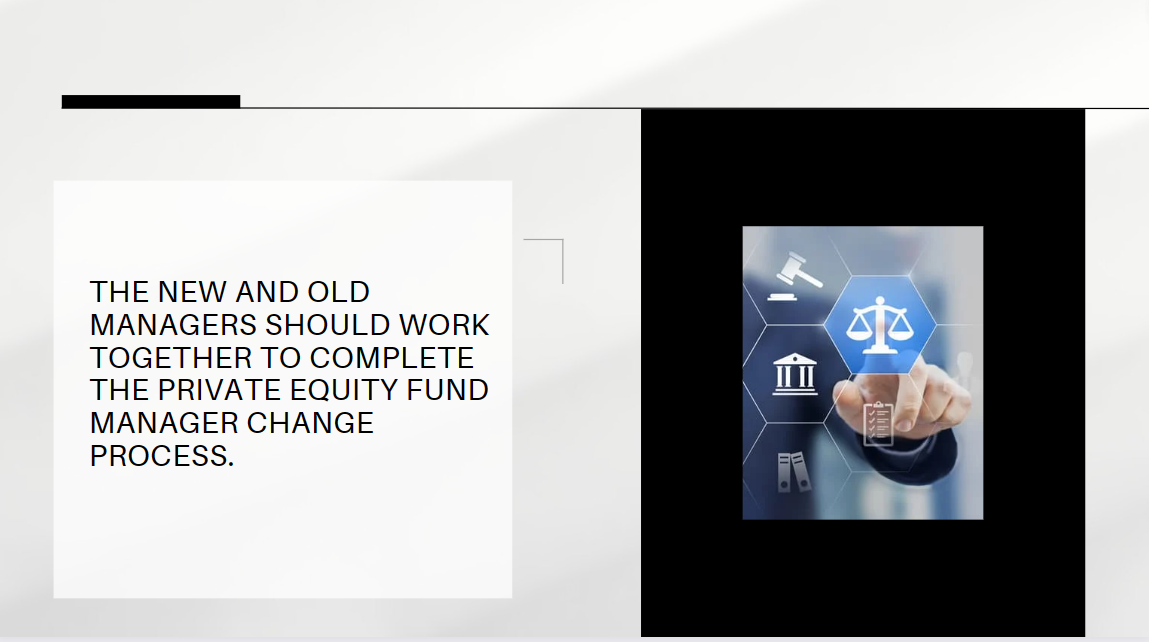

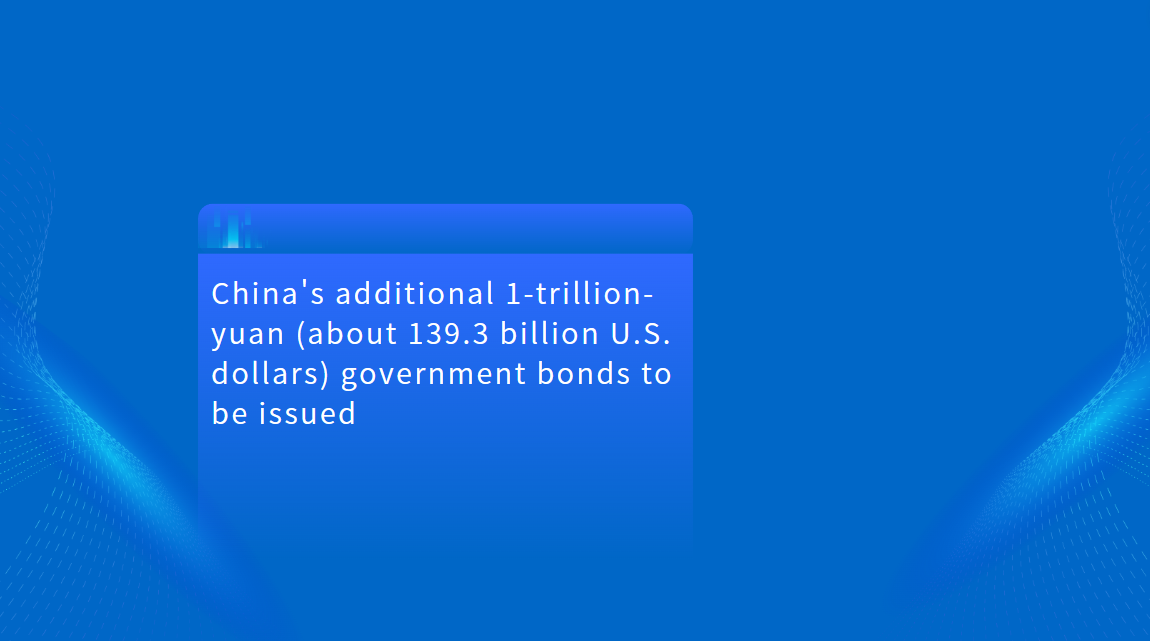




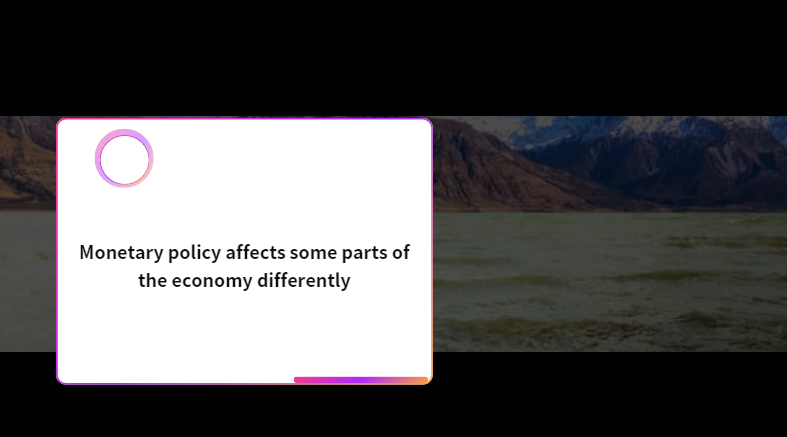

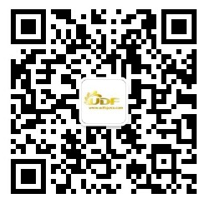
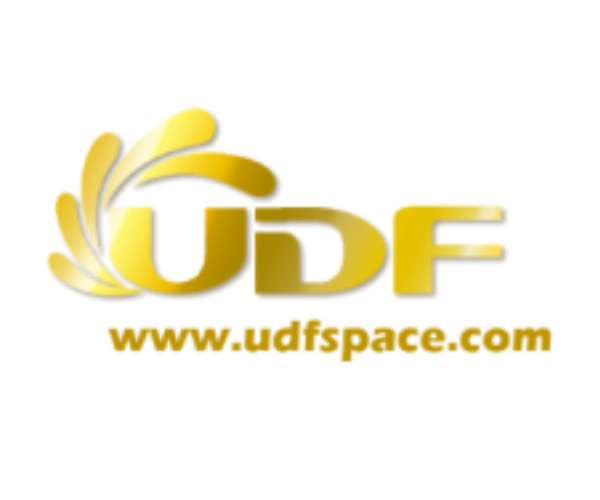

























First, please LoginComment After ~